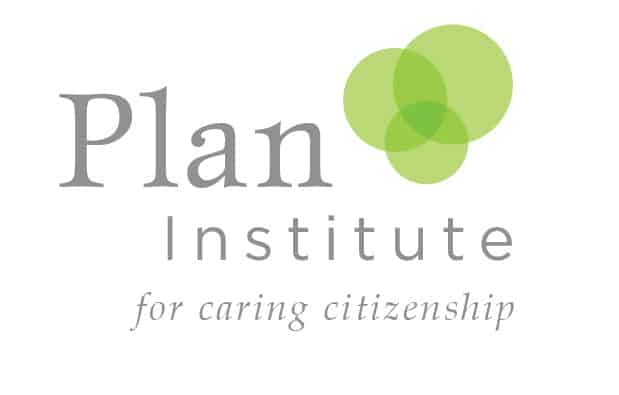“British Columbia’s first poverty reduction strategy, TogetherBC, outlines programs and initiatives that will help reduce overall poverty in the province by 25%, and cut child poverty in half, over the next five years.”
TogetherBC contains a multitude of strategies to reduce poverty in B.C. and to make life more affordable for all British Columbians. Here are a few ways the Strategy is addressing issues pertaining to people with disabilities:
Income Assistance and Disability Assistance Rate Increases
Disability and income assistance are important for many British Columbians. Yet the previous government froze income assistance rates at $610 for a decade. That’s why this government has taken action to increase assistance rates, ensure faster access for people in need, and make sure people on assistance are treated more fairly.
Key improvements include:
Increasing Rates: British Columbia has seen two increases to income assistance and disability assistance rates: $100 per month per case in October 2017; and $50 for individuals and single-parent families and $100 for couples and two-parent families in Budget 2019.
Reducing Access Times: In 2012, the government of the day began requiring a five-week work search period before people could access income assistance. To reduce the financial stress on people when they’re at a vulnerable time, we will reduce that work-search period to three weeks.
Expanding Earning Exemptions: Government raised earnings exemptions for people on disability assistance by $2,400 a year and for people on income assistance by $200 a month on Oct. 1, 2017. This means someone on disability assistance can earn $12,000 a year, people on income assistance can earn $400 a month and those with children can now earn up to $600 per month, with no financial implications.
Protecting Youth: Requirements that individuals be financially independent for two years before accessing income assistance caused incredible hardship to the most vulnerable people in the province, forcing young people on to the streets, and making it difficult for people in deep need to access income supports. As part of making assistance more compassionate and effective, we are eliminating the two-year independence rule.
Improving Access to Transportation: Recognizing the important role that transportation plays in the lives of people living with disabilities, government brought in a transportation supplement for people on disability assistance. This supplement can be used to purchase a BC Bus Pass and used on any local public transportation network or used towards other transportation needs.
Expanding Access to Education and Training
Skills Development for People Needing Extra Supports
Skills Training for Employment (STE) programs in B.C. provide important supports to those who face extra barriers to success. Government is investing $26.8 million per year in six of these programs, targeted to those most in need, including programs for survivors of abuse, workers 55 and over, Indigenous workers, young adults, young adults at risk (including former youth in care), and people with multiple barriers.
More Opportunities, More Jobs
New Opportunities for People With Disabilities
Work is continuing between government, the BC Chamber of Commerce, and the Presidents Group — a network of B.C. business leaders — on identifying new ways to increase employment opportunities for people with disabilities and to reduce stigma around disabilities in the workplace.
Investing in Social Inclusion
Accessibility Legislation
Government is committed to building a better B.C. for people with disabilities. An essential part of that work requires addressing the barriers that stop people with disabilities from being able to access opportunity and participate in their communities. That’s why B.C. will be moving forward and developing comprehensive accessibility legislation that will help bring down barriers that exclude people with disabilities from full participation in our province and our communities.
All information was taken directly from the official TogetherBC Poverty Reduction Strategy Report. To view the full report, click here.
To visit the Government of B.C. website, click here.
